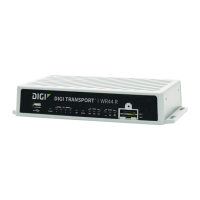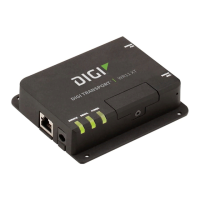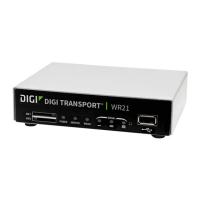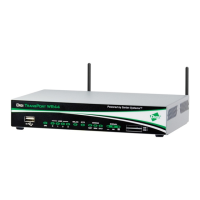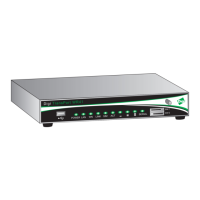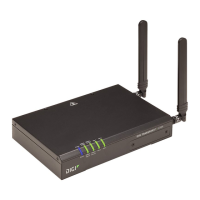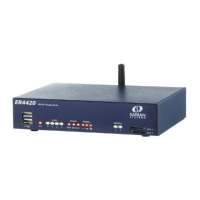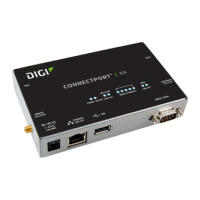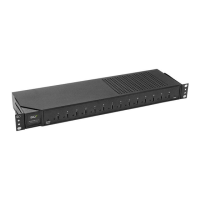Configure serial interfaces
Digi TransPort User Guide 280
TRANSIP Serial Ports parameters
TransIP is a way of using virtual serial ports for serial connections over an IP socket, in effect
multiplying the number of concurrent serial connections to a router. TransIP can be configured to
actively connect on a TCP socket (such as make outgoing connections). The message at the top of
this page states which serial interface is being used for the TransIP connection.
Listen on port n
The TCP port number that the router should listen on.
Connect to IP Address or Hostname a.b.c.d Port n
The IP address or hostname text entry box should contain a valid IP address or the hostname
which the router should use to make the outgoing TransIP connection.
If this parameter is set (such as non-zero), the number defined the TCP port number to use
when making TCP socket connections. When set to 0, TransIP is listening only on the port
defined above.
Send TCP Keep-Alives every s seconds
The amount of time, in seconds, a connection stays open without any traffic being passed.
Enable Stay Connected mode
When enabled, causes the router to refrain from clearing the TCP socket at the end of a
transaction, data call or data session (depending on what the TansIP serial port was bound to
and what protocol it was using). Leaving this checkbox unchecked allows the router to clear
the socket. For example, if the TransIP port is bound to a TPAD and the box is unchecked, the
TransIP TCP socket will be cleared at the end of the TPAD transaction.
Disable command echo
When enabled, command echo for the TransIP port is disabled. When unchecked, all
commands issued are echoed back to the TransIP TCP socket.
Escape char c
The ASCII character used as the escape character which is by default +. Entering this escape
character three times followed by a pause of at least the Escape delay parameter below and
then an AT command will cause the router to switch back to command mode from online
mode. This is equivalent to the S2 register setting.
Escape delay s milliseconds
The delay required between entering the escape sequence (default +++) and the AT command
for the router to drop back into command mode. This is equivalent to the S12 register setting.
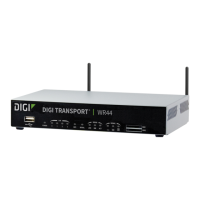
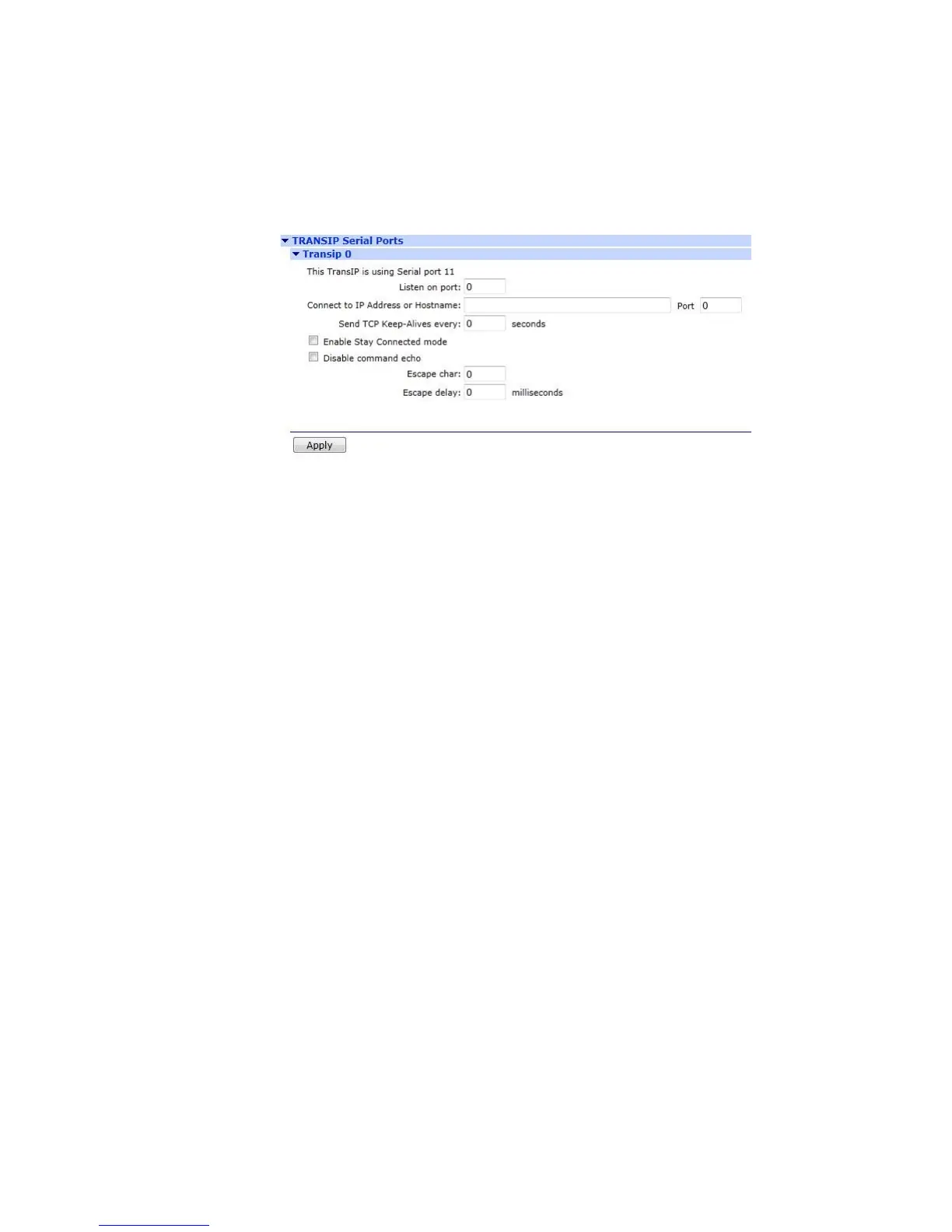